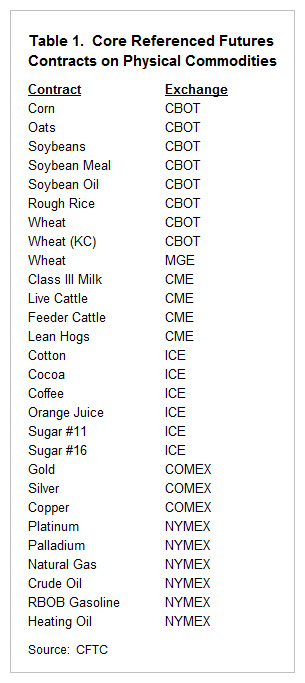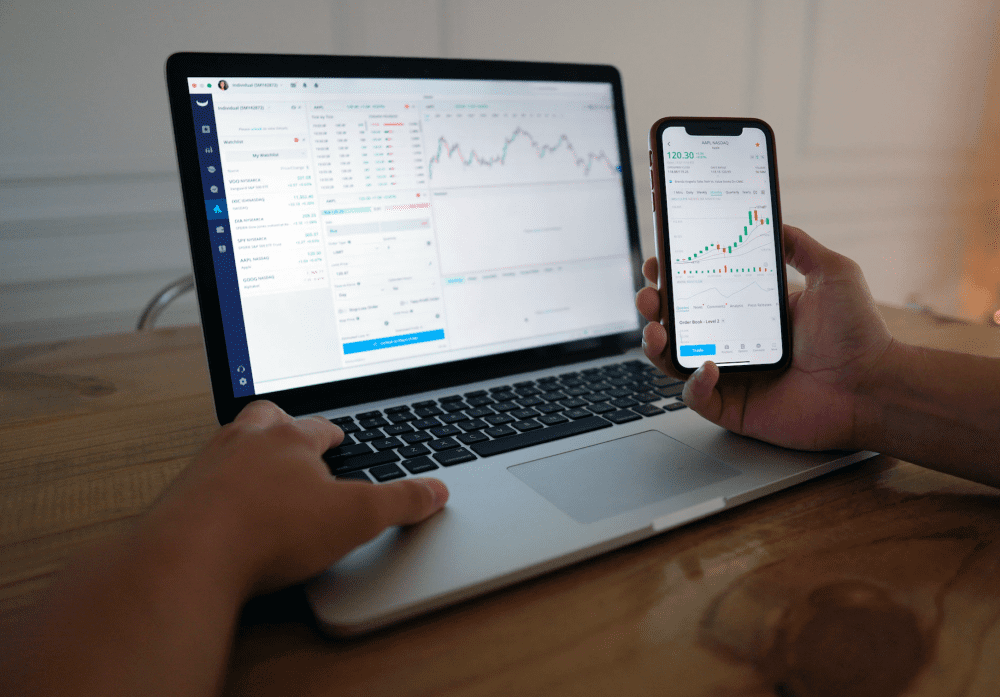Did you know that some traders have a better chance of finding a unicorn than making consistent profits day trading? In the world of futures, speculators play a pivotal role, acting as both market movers and risk-takers. This article dives into the key functions of speculators in day trading futures, exploring how they influence market prices and liquidity while employing various strategies. We’ll clarify their differences from hedgers, discuss the risks involved, and highlight essential tools for success. Additionally, we’ll tackle common misconceptions and the psychological dynamics at play, all while providing insights for beginners looking to navigate this complex landscape. Join DayTradingBusiness as we unravel the intricate dance of speculation in futures trading!
What are the key roles of speculators in day trading futures?
Speculators in day trading futures primarily provide liquidity to the market, enabling smoother transactions. They take on risk by betting on price movements, which helps set market prices. Their activities can lead to increased volatility, offering opportunities for profit. Additionally, speculators often use technical analysis to make quick decisions, contributing to market efficiency.
How do speculators influence market prices in futures trading?
Speculators influence market prices in futures trading by betting on price movements, which increases market liquidity. Their trades can drive prices up or down based on their expectations of future market conditions. For example, if speculators believe a commodity's price will rise, they buy futures contracts, pushing prices higher. Conversely, if they expect a decline, they may sell contracts, leading to lower prices. This activity can create volatility, impacting the overall market dynamics and providing opportunities for other traders.
What strategies do speculators use in day trading futures?
Speculators in day trading futures use several key strategies:
1. Trend Following: They identify and trade in the direction of market trends, using technical analysis to spot entry and exit points.
2. Scalping: This involves making numerous quick trades to capture small price movements throughout the day.
3. Breakout Trading: They look for critical price levels where the asset breaks out from a range, entering trades to capitalize on momentum.
4. Mean Reversion: Speculators assume that prices will revert to their average after deviating significantly, buying low and selling high.
5. News Trading: They react to market-moving news and economic data releases, making swift trades based on anticipated market reactions.
6. Use of Leverage: Speculators often use margin to increase their buying power, amplifying potential gains (and losses).
Each of these strategies requires careful risk management and a solid understanding of market dynamics.
How do speculators differ from hedgers in futures markets?
Speculators aim to profit from price changes in futures markets by taking on risk, while hedgers use futures to protect against price fluctuations in the underlying assets they own or plan to buy. Speculators bet on market movements, seeking gains from buying low and selling high. In contrast, hedgers are focused on minimizing potential losses related to their exposure in physical markets. Essentially, speculators thrive on volatility, while hedgers look for stability.
What risks do speculators face in day trading futures?
Speculators in day trading futures face several risks, including high volatility, potential for large losses, leverage magnifying both gains and losses, and the impact of sudden market changes. Additionally, liquidity issues can lead to slippage, and emotional decision-making may result in poor trades. Market manipulation and unexpected news can also affect positions quickly.
How can beginners understand the role of speculators in futures?
Beginners can understand the role of speculators in day trading futures by recognizing that speculators aim to profit from price fluctuations. They buy contracts they believe will increase in value and sell those they think will decrease. This activity adds liquidity to the market, making it easier for traders to enter and exit positions. Speculators often take on higher risks, which can lead to larger price movements. By observing how speculators react to market news and trends, beginners can learn to anticipate potential price changes and make informed trading decisions.
What are the benefits of speculating in day trading futures?
Speculating in day trading futures offers several benefits. First, it allows for the potential of high returns due to leveraged positions. Traders can capitalize on short-term price movements, making profits quickly. Second, it provides liquidity to the market, which helps in smoother transactions. Third, day trading futures can diversify an investment portfolio, reducing overall risk. Additionally, it enables traders to react swiftly to market news and trends, enhancing decision-making. Finally, the fast-paced environment can be intellectually stimulating and rewarding for those who thrive on quick strategies.
How do speculators affect liquidity in the futures market?

Speculators enhance liquidity in the futures market by providing a constant flow of buy and sell orders. They take positions based on price movements, which helps to narrow bid-ask spreads and makes it easier for other traders to enter or exit positions. This active trading increases the overall volume and depth of the market. When speculators are active, they also help to absorb excess supply or demand, stabilizing prices and making the market more efficient.
What tools do speculators use for day trading futures?
Speculators use several key tools for day trading futures:
1. Trading Platforms: Software like Thinkorswim, NinjaTrader, or MetaTrader for executing trades.
2. Charting Software: Tools for technical analysis, such as TradingView or MetaStock, to analyze price movements.
3. Market News Services: Real-time news feeds like Bloomberg or Reuters to stay updated on market events.
4. Risk Management Tools: Stop-loss and take-profit orders to manage risk.
5. Economic Calendars: Tools to track upcoming economic reports that could impact futures prices.
6. Technical Indicators: Tools like moving averages, RSI, and MACD for decision-making.
These tools help speculators make informed trades and manage their positions effectively.
How do market trends impact speculators in futures trading?
Market trends significantly impact speculators in futures trading by influencing their strategies and potential profits. When trends are strong, speculators can capitalize on price movements, riding the wave for greater gains. Conversely, in choppy or unclear markets, they face higher risks, often leading to losses. Speculators use trend analysis to make decisions, entering long positions in bullish trends and short positions in bearish ones. Overall, their success hinges on accurately interpreting these trends and reacting swiftly.
What regulations affect speculators in the futures market?

Speculators in the futures market are primarily affected by regulations from the Commodity Futures Trading Commission (CFTC) and the National Futures Association (NFA). Key regulations include position limits, which restrict the number of contracts one can hold, and reporting requirements that mandate disclosure of large positions. Additionally, margin requirements dictate the amount of capital needed to enter trades. Speculators must also comply with anti-fraud and anti-manipulation rules to ensure fair trading practices.
How can speculators identify profitable opportunities in futures?
Speculators can identify profitable opportunities in futures by analyzing market trends, studying price charts, and using technical indicators. They should monitor economic reports, news events, and geopolitical developments that impact supply and demand. Utilizing strategies like scalping or swing trading can help capitalize on short-term price movements. Additionally, keeping an eye on volume and open interest can provide insights into market sentiment. Networking with other traders and participating in forums can also reveal emerging trends and opportunities.
What is the psychological impact of speculation on day trading?
Speculation in day trading can lead to heightened emotional stress and impulsive decision-making. Traders often experience fear of missing out (FOMO) or anxiety from market volatility, which can cloud judgment. The potential for quick profits may encourage risky behavior, while losses can trigger panic selling. Additionally, the social aspect of speculation, like following trends or peer influence, can further distort rational thinking. Overall, speculation can create a rollercoaster of emotions that impacts trading performance and mental well-being.
How do economic indicators influence speculators in futures trading?
Economic indicators influence speculators in futures trading by providing insights into market trends and potential price movements. Positive indicators, like rising GDP or low unemployment, can lead speculators to bet on price increases in commodities. Conversely, negative indicators may prompt them to anticipate declines. Speculators analyze data such as inflation rates, interest rates, and consumer spending to make informed trades. This analysis helps them gauge supply and demand dynamics, enabling quicker, strategic decisions in the futures market.
What are common misconceptions about speculators in day trading?

Common misconceptions about speculators in day trading futures include the belief that they only gamble without strategy, that they lack market knowledge, and that they are solely responsible for market volatility. In reality, speculators often use sophisticated analysis and risk management techniques to make informed decisions. They provide liquidity to the market, which can help stabilize prices rather than just causing chaos. Additionally, many speculators have extensive experience and understanding of market dynamics, making them key players rather than mere gamblers.
How Do Speculators Influence Futures in Day Trading?
Futures in day trading are contracts to buy or sell an asset at a predetermined price on a specific future date. They allow traders to speculate on price movements without owning the underlying asset. Speculators in day trading futures aim to profit from short-term price fluctuations, providing liquidity and volatility to the market.
Learn more about: What Are Futures in Day Trading?
How do speculators react to market volatility in futures trading?
Speculators respond to market volatility in futures trading by increasing their trading activity to capitalize on price fluctuations. They often buy low and sell high, seeking profit from rapid changes. In volatile markets, speculators may take larger positions, using leverage to enhance potential returns. They also adjust their strategies, such as employing stop-loss orders to manage risk and protect profits. Overall, speculators thrive in volatility, viewing it as an opportunity rather than a threat.
Conclusion about The Role of Speculators in Day Trading Futures
In summary, speculators play a vital role in day trading futures by providing liquidity, influencing market prices, and identifying profitable opportunities through various strategies. While they face inherent risks and are often misunderstood, their actions help shape market dynamics. For those looking to navigate the complexities of futures trading, understanding speculators can enhance your trading acumen. DayTradingBusiness offers essential insights and resources to help you thrive in this fast-paced environment.